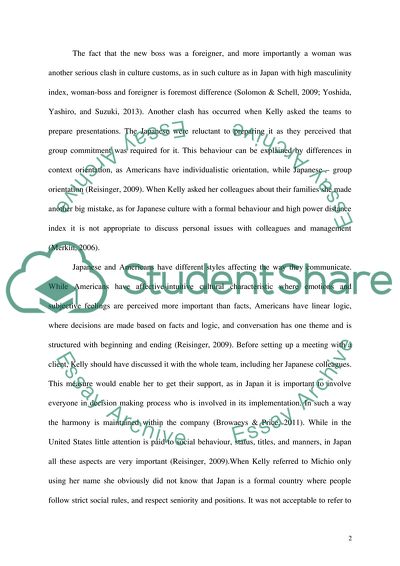Cite this document
(“Cultural Aspects of Moving to Japan Case Study Example | Topics and Well Written Essays - 1500 words”, n.d.)
Retrieved from https://studentshare.org/social-science/1674877-case-study-kellys-assignment-in-japan
Retrieved from https://studentshare.org/social-science/1674877-case-study-kellys-assignment-in-japan
(Cultural Aspects of Moving to Japan Case Study Example | Topics and Well Written Essays - 1500 Words)
https://studentshare.org/social-science/1674877-case-study-kellys-assignment-in-japan.
https://studentshare.org/social-science/1674877-case-study-kellys-assignment-in-japan.
“Cultural Aspects of Moving to Japan Case Study Example | Topics and Well Written Essays - 1500 Words”, n.d. https://studentshare.org/social-science/1674877-case-study-kellys-assignment-in-japan.


